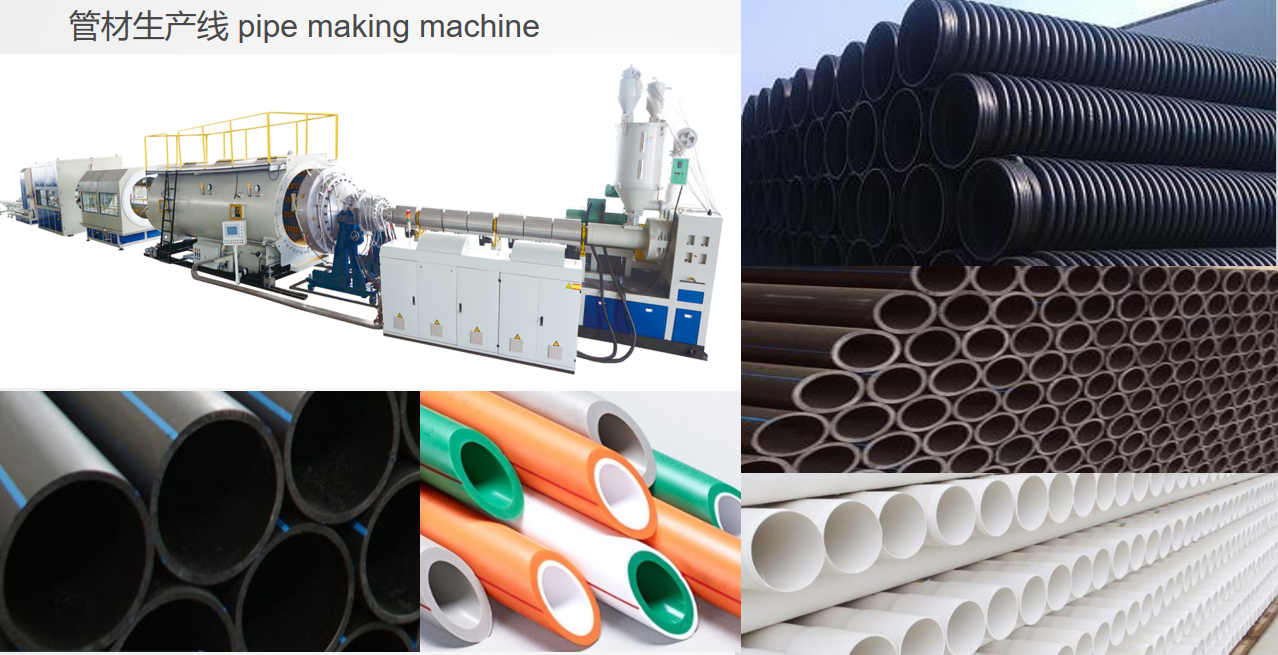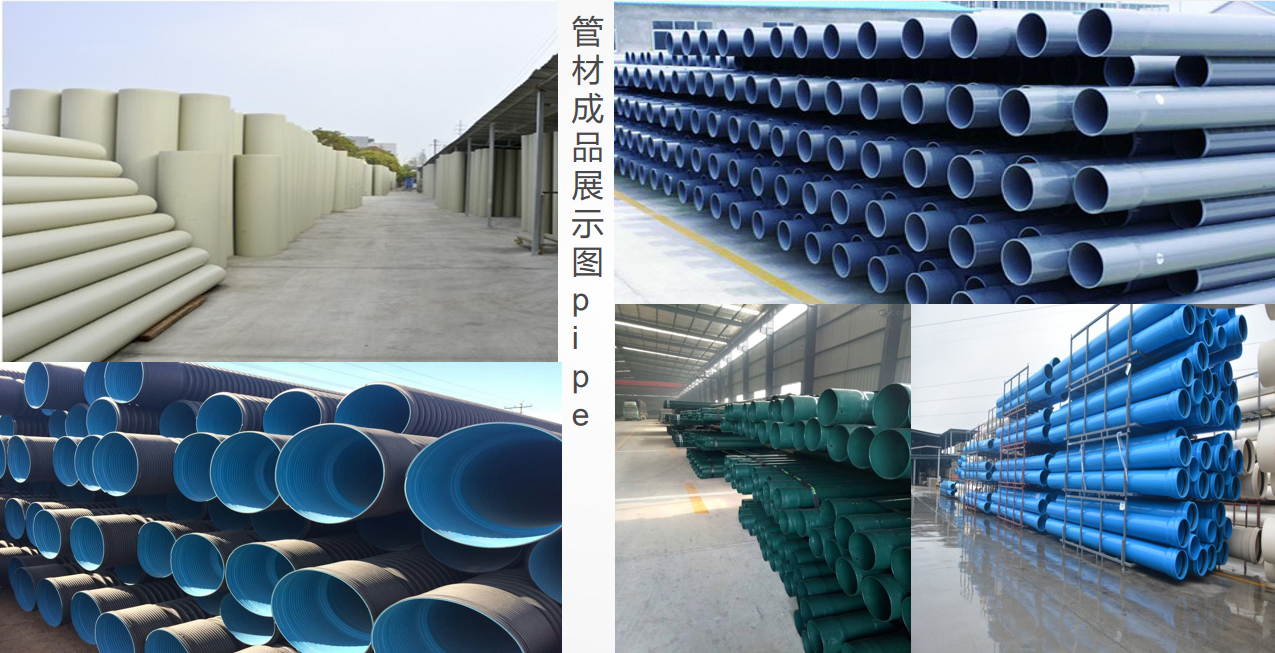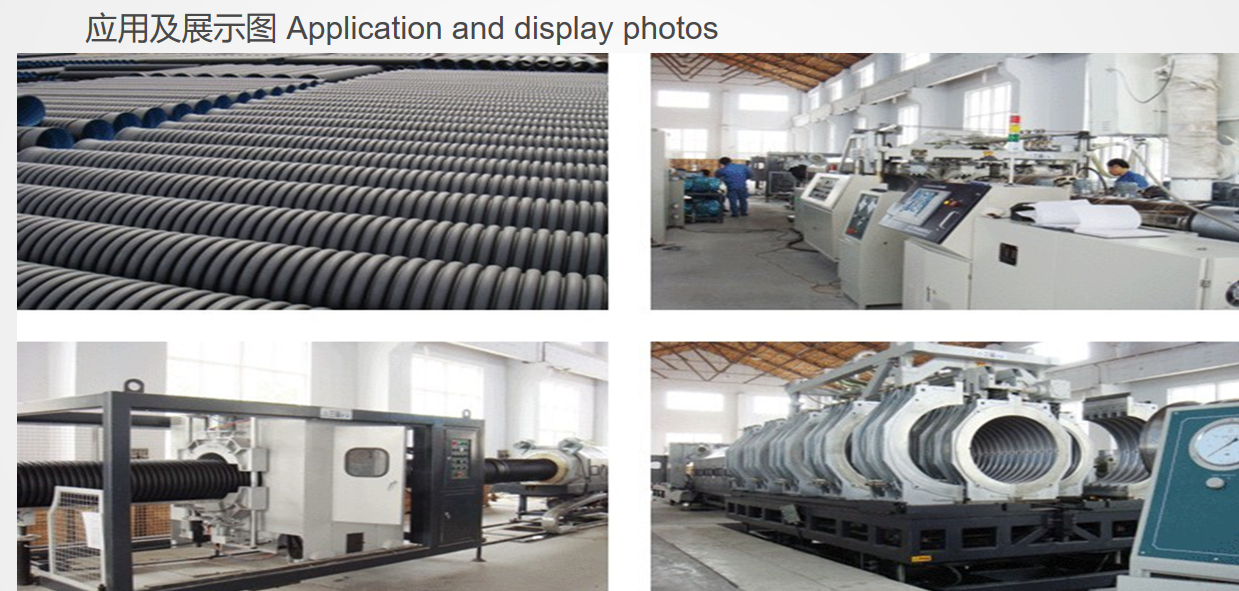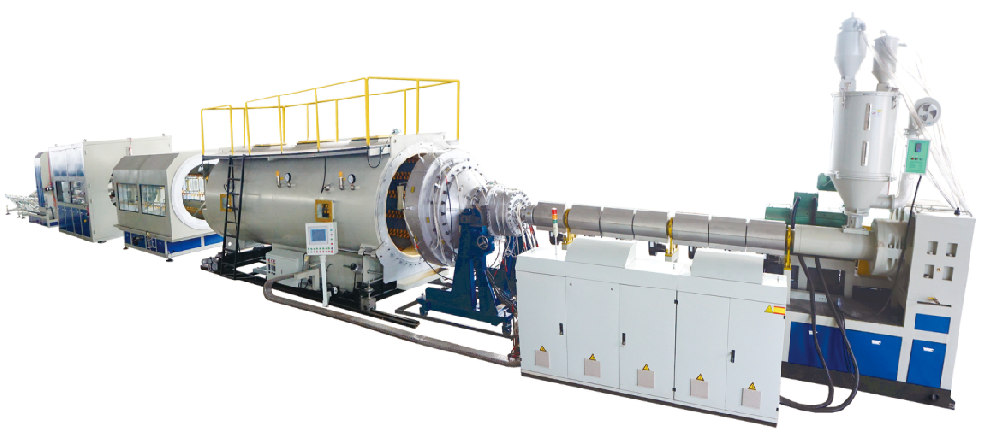Classification and application of plastic pipes
In the early 1980s, my country began to systematically study the use of plastic pipes in municipal engineering and construction projects. It has successively developed polyvinyl chloride (PVC) pipes, glass fiber reinforced plastic (RPM) pipes, polyethylene (PE) pipes, aluminum-plastic composite (PAP) pipes, cross-linked polyethylene (PE-X) pipes, polypropylene (PP- R) pipe, chlorinated polyvinyl chloride (CPVC) pipe, engineering plastic (ABS) pipe, steel-plastic composite (SP) pipe and other varieties.
At present, more than 30% of the country has applied PVC pipes, and the application rate of eastern provinces has reached more than 90%. The use of PVC pipes as indoor drainage pipes in Fujian Province has reached more than 60%, and the application of PVC pipes in Fuzhou and Xiamen has reached more than 90%. Nanjing, Nantong and other places in Jiangsu require the use of plastic water supply pipes with a diameter of less than 300 mm in urban water supply pipes. The Shanghai Construction Committee issued a document in October 1996, stipulating that starting from October 1, 1997 {TodayHot}, the design and use of cast iron drainage pipes and rainwater pipes shall be prohibited, and the use of plastic drainage pipes and rainwater pipes shall be promoted.
Judging from the development history of chemical building materials in Europe and the United States, the development model is roughly the same. Chemical building materials products are accepted by consumers because of their superior performance, resource saving and pollution reduction. Starting from substituting the same products, gradually expanding the scope of application, expanding the scale of production, increasing market share, and finally embarking on the road of industrialization.
1. Application of polyvinyl chloride (PVC) pipes
At present, PVC pipes are mainly used for building water supply and drainage, electrician threading, chemical corrosion protection, agricultural drainage and irrigation, urban water supply and drainage, communication engineering, etc. Among them, drain pipes account for 50%. Domestic PVC pipes are the first to succeed in the promotion and application of building drainage. In urban water supply pipelines, 5 million meters of UPVC pipes have been laid, and the largest pipe diameter of {HotTag} has reached 630 mm. With the continuous development of urban construction, the application of PVC water supply pipes will continue to grow.
2. Application of polyethylene (PE) pipe
High-density polyethylene water supply pipes are mainly used for indoor and outdoor water supply systems of buildings.
Polyethylene gas pipes are mainly used in urban low-pressure gas pipe networks, especially in areas where natural gas is used. By 1998, the laying of polyethylene gas pipelines in China accounted for about 20% of the total gas pipelines, and the output reached 3,000 tons.
3. Application of polypropylene (PP-R) pipe
Since Shanghai introduced PP-R production technology and equipment from abroad in 1997 and put it into production, Shanghai has carried out pilot applications in residential cold and hot water systems, pure water and drinking water systems with a building area of 1 million square meters, and achieved good results. . At present, the average price of PP-R pipes is about 40,000 yuan/ton, and the pipe fittings are 60,000 yuan/ton. After calculation, the cost of PP-R pipes used in building cold and hot water systems is 30% to 40% higher than that of galvanized steel pipes of the same specification. However, the performance and service life of PP-R pipes are higher than those of steel pipes. Considering the energy-saving effect of pipeline maintenance, replacement and transportation of hot water, the comprehensive technical and economic performance of PP-R pipes far exceeds that of galvanized steel pipes. Moreover, with the expansion of the production volume of PP-R pipes and the localization of raw materials, the material cost price may be lower than that of galvanized steel pipes.

MPP power pipe uses modified polypropylene as the main raw material. It is not necessary to dredging, digging soil and destroying the road surface, and laying pipelines, cables and other construction projects in special areas such as roads, railways, buildings, and riverbeds. Compared with the traditional "groove buried pipe method", the trenchless power pipe project is more suitable for the current environmental protection requirements, and removes the disturbing factors such as dust flying and traffic congestion caused by traditional construction. Pipelines shall be laid in areas where excavation operations are carried out, such as historic sites, downtown areas, crop and farmland protection areas, highways, rivers, etc

MPP power pipe application
MPP power pipe can be widely used in municipal, telecommunications, electricity, gas, water, heat and other pipeline projects.
MPP power pipe urban and rural trenchless horizontal directional drilling power pipe project, and open excavation power pipe project.
MPP power pipe urban and rural trenchless horizontal directional drilling sewer and sewage pipe project. Industrial Wastewater Discharge Project
Advantages of MPP power pipe
1. MPP power tube has excellent electrical insulation.
2. MPP power tube has high thermal deformation temperature and low temperature impact performance.
3. The tensile and compressive performance of MPP power pipe is higher than that of HDPE.
4. The MPP power pipe is light in weight, smooth, with low friction resistance, and can be welded by hot welding.
5. The long-term use temperature of MPP power tube is 5~70℃.
6. MPP pipe construction instructions
l MPP power pipes are strictly prohibited from being thrown, impacted, scratched and exposed to the sun during the transportation and construction of MPP power pipes.
l When the MPP power pipe is hot-melted butt-jointed, the axes of the two pipes should be aligned, and the end face cutting should be vertical and flat.
l MPP power pipe processing temperature, time, pressure, and adjust accordingly depending on weather conditions.
l The minimum bending radius of MPP power pipe should be ≥75 pipe outer diameter.





